Premium Only Content
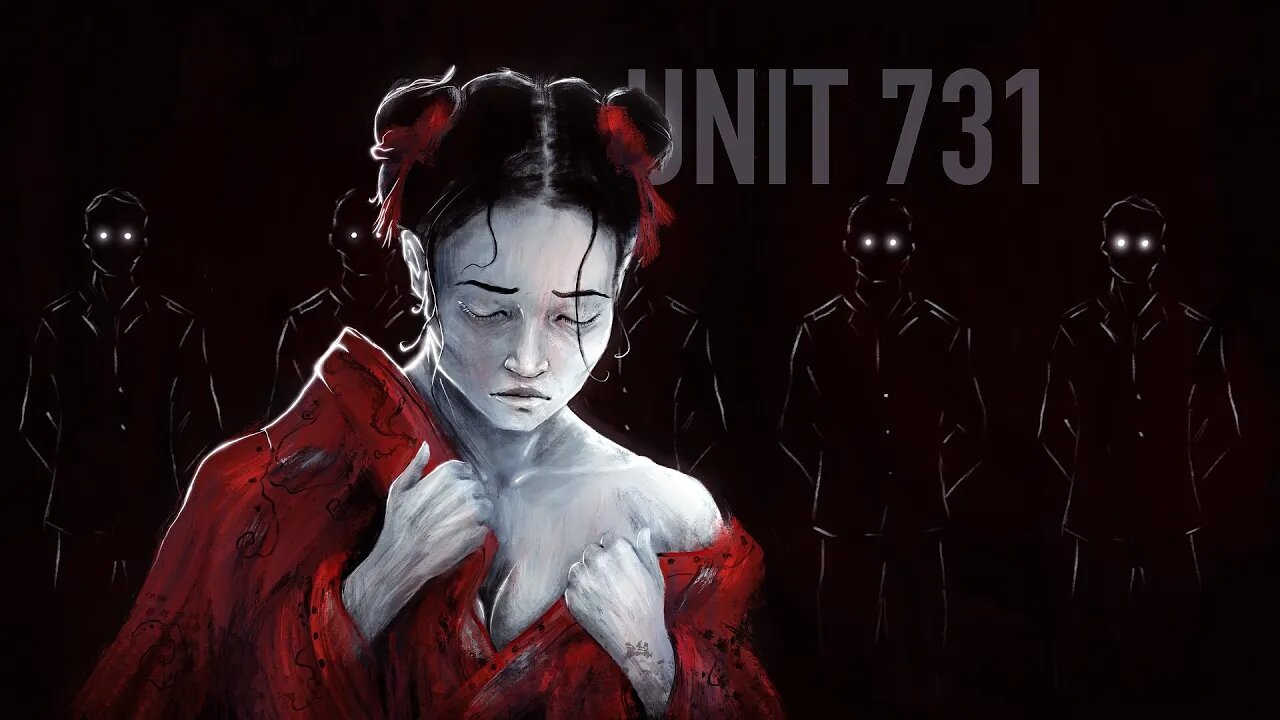
The Unspeakable Things That Happened In Unit 731
Japan has a unique history. From the early 17th century until the mid-19th century, the island-nation was isolated from the world by order of the ruling Shoguns, the military-leaders who ruled in the name of the emperor. Foreigners were only allowed on one small island near Nagasaki, and no Japanese at all were allowed to leave – ever.
This all changed in 1853-54, when American naval officer Matthew C. Perry forcibly opened Japan to international trade. What the naval officers and Marines in Perry's fleet saw when they came ashore in Japan shocked them – Japan had been suspended in time since the early 1600s. Its buildings, clothing, and especially weapons, were 200 years behind America and the Western world.
At the same time, China was becoming almost a vassal state of European countries. Sections of the country were under virtual foreign rule, and the Chinese had been forced to sign a series of what historians call “The Unequal Treaties.” Foreigners enjoyed favorable trade conditions which allowed them to profit greatly while many Chinese suffered. Additionally, in those parts of China, known as “concessions”, under European control or influence, European citizens and soldiers, and later, Americans, were subject to their own law – not that of China. This included crimes committed against Chinese. For all of these reasons and more, the Japanese were determined not to let that happen to their own country.
Playing one nation against another and occasionally using the threat of violent uprisings against the Western Powers who came to trade in Japan, while at the same time understanding the limits of their own power and compromising with the West when necessary, the Japanese set themselves two main goals: to modernize their country as quickly as possible, and to prevent the Western countries from doing to Japan what they were doing in China.
The Japanese exploited the Chinese under their control economically. China also became one vast laboratory. Its people were subject to not only modern warfare, but were subjects for the Japanese military to learn about chemical and biological weapons. The war itself cost China millions of people, but in the military and among civilians. The estimates of Chinese losses from 1936-45 range from ten to twenty million people.
Doing his best to increase that total was a monster named Shiro Ishii. Ishii, like Mengele at Auschwitz, was a doctor. He was born in 1892 into an established middle-class family and became a doctor. In 1921, he joined the army as a surgeon. Ishii was fascinated by the process of infection, and after a trip to the battlefields of WWI Europe, became interested in the possibilities of chemical and biological weapons.
#unit731 #history #unit731japan #unit731experiments
DISCLAIMER: All materials in these videos are used for entertainment purposes and fall within the guidelines of fair use. No copyright infringement intended. If you are, or represent, the copyright owner of materials used in this video, and have an issue with the use of said material, please send an email to adayinhistory2021@gmail.com
Scriptwriter: Mathew Gaskill
Video Editor & Motion Graphics: Naman Meena
Voice-over Artist: Lain Heringman
Music: Motionarray.com
Copyright © 2021 A Day In History. All rights reserved.
-
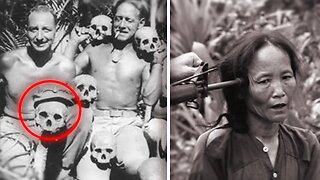 19:31
19:31
A Day In History
1 year ago $0.15 earnedBIGGEST American War Crime Cover-Up Of The Vietnam War (Warning* Mature Audiences Only)
6311 -
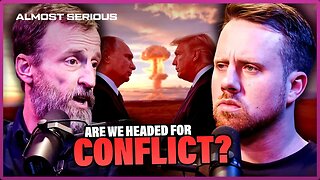 1:09:53
1:09:53
Slightly Offensive
7 hours ago $5.86 earnedIs the US Headed for MORE WAR Under TRUMP? | Guest: Scott Horton
41.9K9 -
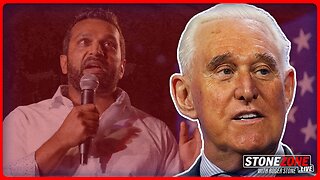 58:29
58:29
The StoneZONE with Roger Stone
6 hours agoRoger Stone Hails Confirmation of Kash Patel, Trashes Schiff for Attacks On Patel | The StoneZONE
48.9K18 -
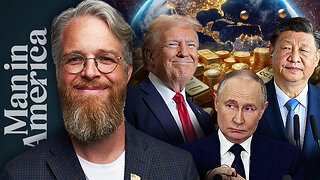 48:44
48:44
Man in America
12 hours agoA MASSIVE Global Financial Reset Is Coming—Are You Ready?
37.6K9 -
 1:15:42
1:15:42
Precision Rifle Network
1 day agoS4E5 Guns & Grub - The Best Rifle Under $2000
59.5K6 -
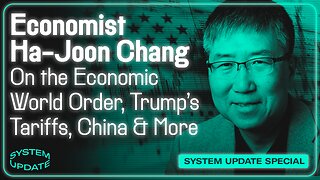 1:02:54
1:02:54
Glenn Greenwald
1 day agoSouth Korean Economist Ha-Joon Chang on the Economic World Order, Trump's Tariffs, China & More | SYSTEM UPDATE #410
83.7K50 -
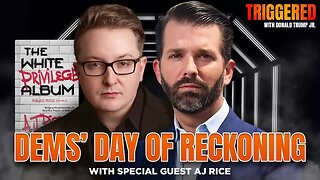 1:02:27
1:02:27
Donald Trump Jr.
12 hours agoBye Mitch, plus Kash confirmed, Interview with AJ Rice | Triggered Ep.218
130K74 -
 1:12:27
1:12:27
The Amber May Show
14 hours ago $3.12 earnedWomen Of Rumble 02-20-25
36K8 -
 41:18
41:18
Kimberly Guilfoyle
12 hours agoToday, We Kash in on Equal Justice, Live with Ryan Walters & Daniel Turner | Ep.198
98.9K22 -
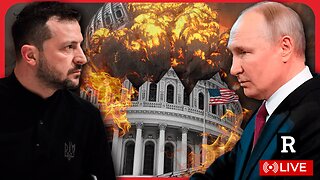 1:36:50
1:36:50
Redacted News
11 hours agoThe TRUTH in Ukraine has been EXPOSED by Trump and they are melting down | Redacted w Clayton Morris
139K231